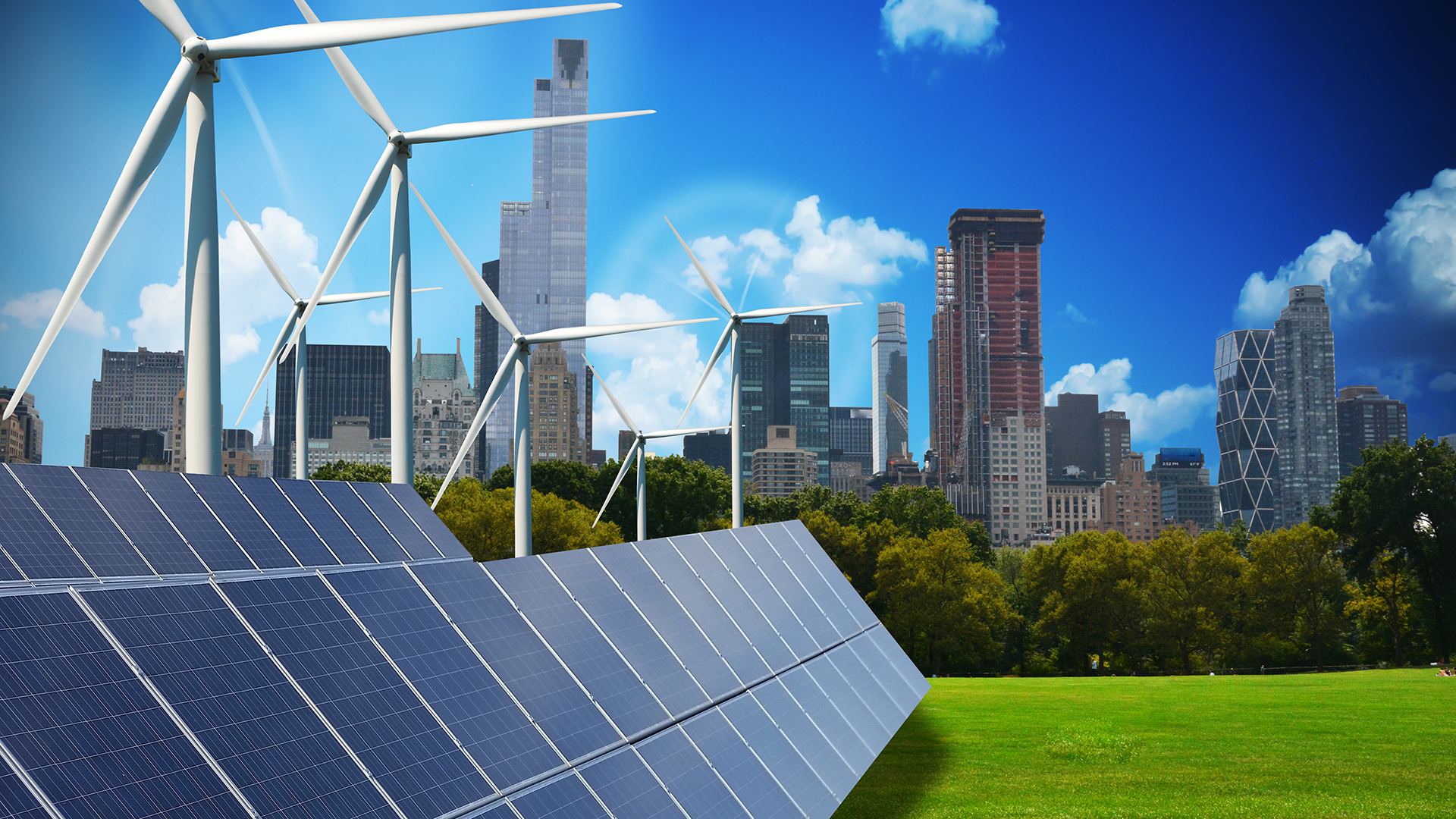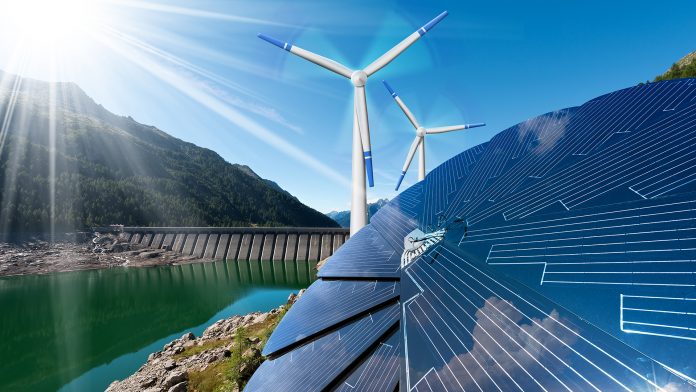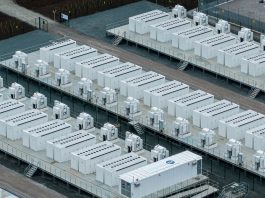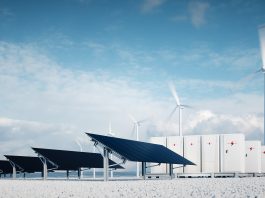The first global operational expenditure (OPEX) report from the Energy Industries Council (EIC) has revealed that renewable energy sources added 66 gigawatts of power to the global power grid in 2022.
Despite an increase in renewable energy sources last year, ultimately powering the world toward achieving climate goals, the EIC warned that supply chain changes and policy actions would be essential to accelerating the development of renewables. The EIC explained that speeding-up project deployment will be critical to reaching 2050 net zero targets.
Rebecca Groundwater, EIC’s Head of External Affairs, explained: “Clearly, the green energy sector made important strides last year in offshore and onshore wind, solar, biomass, and hydroelectricity, and this growth is creating opportunities for the supply chain in industries such as green hydrogen and energy from waste.
“But the pace of project deployment still falls short of what is required to achieve global net-zero targets by 2050. To bridge this gap, we need a creative mix of policies, such as the development of robust financing schemes that contribute to research and development efforts, equipment manufacturing, and project execution across energy industries.”
Fossil fuel use is decreasing
The first promising news from the report is that although fossil fuels are still the premier source of power in the global energy mix, they are being relied on increasingly less.
2022 saw 65 new power plants become operational, equating to a combined capacity of 46.6 GW. This is a considerable decrease from 2018, when power plants added more than 80 GW of electricity globally, showing the reliance on fossil fuels is reducing.
Renewable energy sources used in 2022
The report analysed a range of clean and renewable energy sources, including offshore and onshore wind, solar, energy from waste, biomass, nuclear, hydroelectric power plants, hydrogen, energy storage, upstream field developments, pipelines, terminals, LNG, biofuels, and petrochemicals.
The findings revealed that 335 projects were commissioned in 2022. These included:
- Six offshore wind;
- Ten energy from waste;
- 17 biomass;
- 15 hydroelectricity;
- 128 onshore wind; and
- 159 solar.
Solar was the leading source, providing 25.7 GW to the global power grid; closely followed by offshore and onshore wind projects that generated 3.7 GW and 22 GW, respectively.
The report highlighted that the leading countries embracing renewable energy sources in 2022 were France, Italy, Japan, the UK, and the US.

Robust supply chains will be key to environmental targets
Although there has been a substantial increase in renewable energy sources over the last 12 months, the EIC explained that supply chains would need to evolve to keep pace with the renewables revolution.
Neil Golding, EIC’s Head of Market Intelligence, concluded: “The world needs a balanced and diversified energy mix that addresses challenges like energy security and affordability while also prioritising sustainability.
“Although there is a promising pipeline of clean energy projects, as shown by EIC’s proprietary data, the global supply chain may not have the capacity or capabilities needed to deliver on these projects and achieve our climate targets. If we look at the offshore floating wind sector, we can see what having ambitious targets means in practice.
“Our data shows that there are plans to generate 140 MW of power by 2035, but achieving these goals will require significant changes in the supply chain, including building sufficient capacity to produce turbines and export cables, as well as streamlining project execution for faster delivery. Other sectors need, of course, to make similar changes relevant to their industries.”









